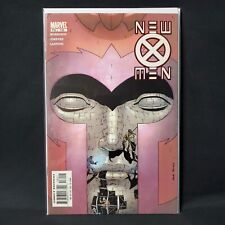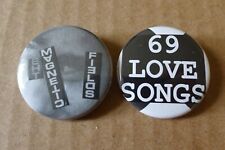
Powerful magnetic fields appear to change the physical nature of superconductivity with some quite bizarre effects, according to University of Arizona (UA) physicist Andrei Lebed. Lebed says that strong magnetism changes the basic properties of electrons flowing through superconductors, establishing an “exotic” superconductivity. If his theorem can be proved via experiment, it will advance our knowledge of superconductivity considerably and open up a number of exciting new areas of research.
Since Dutch physicist Heike Kamerlingh Onnes discovered superconductivity in 1911, scientists have steadily been uncovering the workings of superconductivity. In 1957, physicists John Bardeen, Leon Cooper and Robert Schrieffer proposed a comprehensive theory to explain the behavior of superconducting materials. The theory, called “BCS theory,” was the first great insight into superconductivity. The work garnered them the 1972 Nobel Prize in Physics.
“People always have thought about the Cooper pair as behaving as an elementary particle, which is characterized by size, electric charge, spin, mirror-reflection and time-reversal properties,” Lebed explained. But contrary to this commonly held theory, Lebed has shown that superconducting electron pairs are not unchanged elementary particles, but rather complex objects with characteristics that depend on the strength of the magnetic field that they are exposed to.
Lebed’s theorem flies in the face of theoretical and experimental studies of rotating Cooper pairs in helium-3. Electrons in such Cooper pairs are believed to have either conventional “singlet” or unconventional “triplet” internal rotation (spin). When the spins of the two electrons are in opposite directions, one spinning up and the other spinning down, they are called singlets, or non-rotating Cooper pairs. When the spins are in same direction, they are called triplets, or rotating Cooper pairs.
But Lebed says that super-strong magnetic fields create exotic Cooper pairs that behave according to the weird, non-intuitive laws of quantum mechanics: the electron pairs are both rotating and non-rotating at the same time.
And that’s not the only strange effect that the magnetic field can have. Because Cooper pairs are quantum objects, they behave both as particles and as standing waves. One standing wave property is mirror reflection, or “parity.” Conventional superconductor theory states that wave symmetry in conventional, or singlet, superconductors is even. It is mathematically termed as 1. Unconventional, or triplet, superconductor parity is odd, or -1. When singlets or triplets are reflected in a mirror, the reflected waves always have the same ( 1) or opposite (-1) parity of the original waves.
Lebed however, finds that in strong magnetic fields, Cooper pair wave symmetries break down and the reflected waves don’t look like the original waves. “It’s like the Cooper pair wave sees someone else in the mirror,” he said. “It’s like Alice’s adventure in a super-wonderland, where the mirrors are unusual and wrong. Because these Cooper pair electrons behave so differently than conventional singlet and unconventional triplet Cooper pairs, we call them ‘exotic’ Cooper pairs,” he added.
Other effects of exotic superconducting phases indicate that time-reversal symmetry breaks down in exotic Cooper pairs. “This is the most fundamental symmetry in physics and breaks down only in some rare processes in high energy, or elementary particle, physics,” Lebed explained. He and co-researcher Omjyoti Dutta say that time-reversal symmetry is broken because of the simultaneous rotating and non-rotating average spins of exotic Cooper pairs. “Half of the exotic Cooper pair electrons ‘see’ time directed from the past to the future, whereas the other half ‘see’ time directed from the future to the past,” Lebed said.
Lebed offers the caveat that his theoretical results are very general. “They are based on a mathematical theorem and have to be experimentally applied to most kinds of existing superconducting materials, including high-temperature superconductors.” To that end, he and his co-researchers are designing simple experiments for observing exotic superconductivity and its attendant effects.
Source: University of Arizona Communications

















Comments are closed.